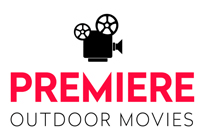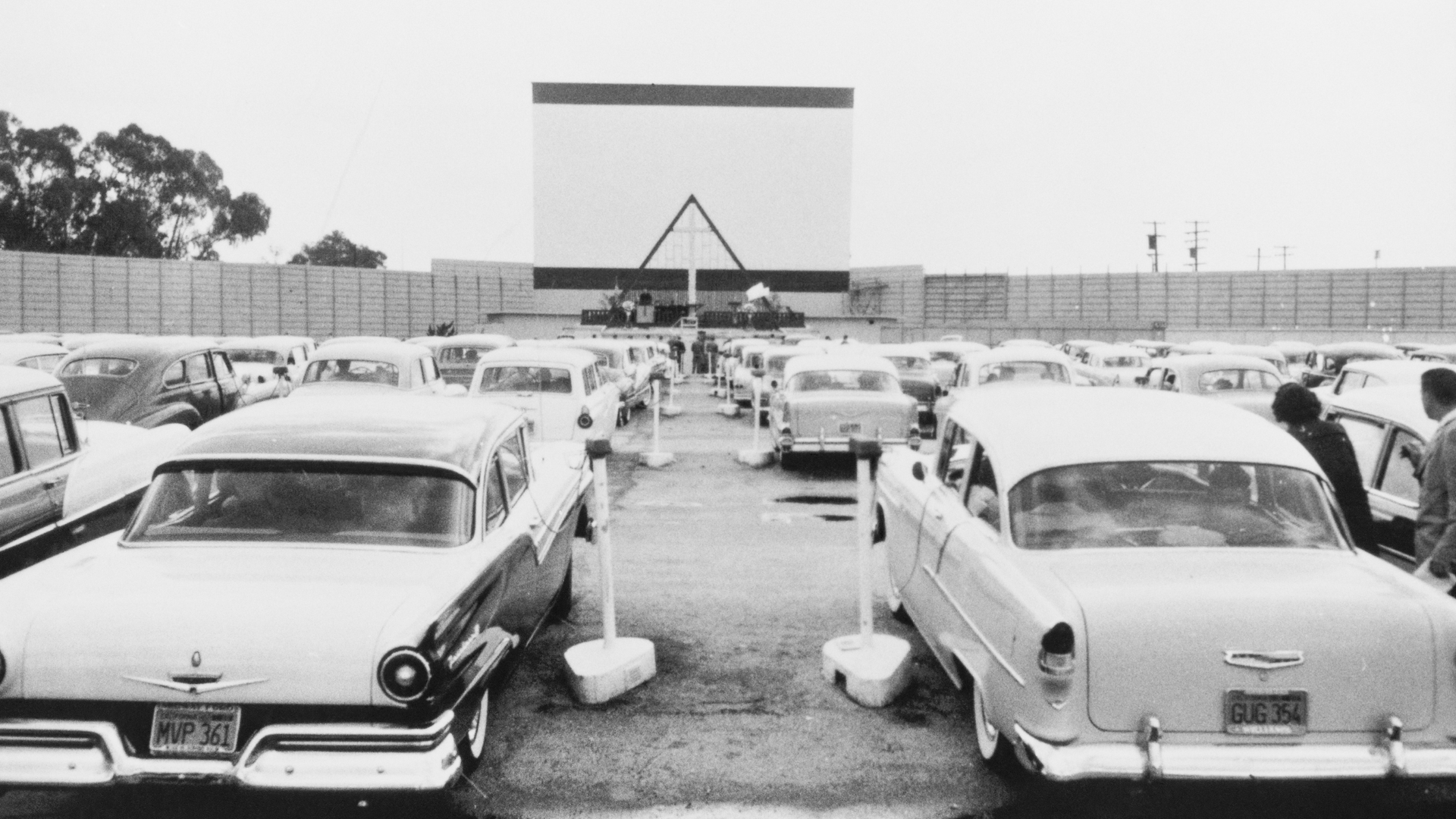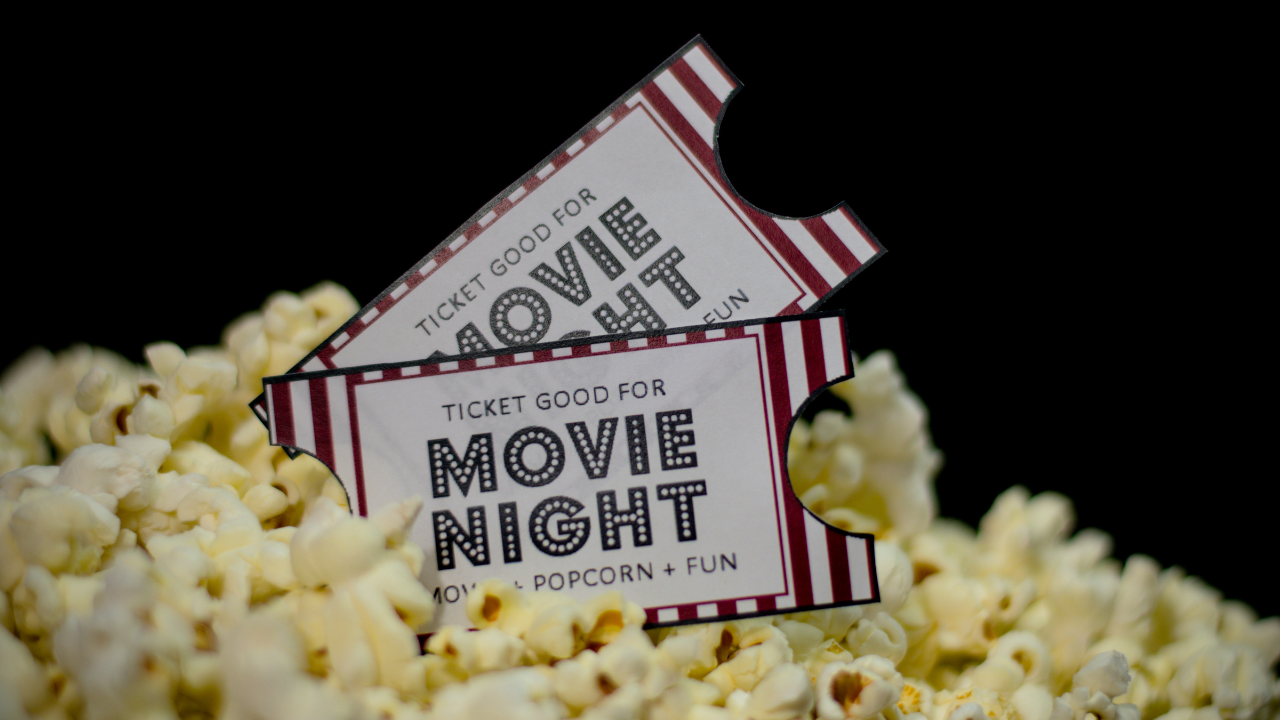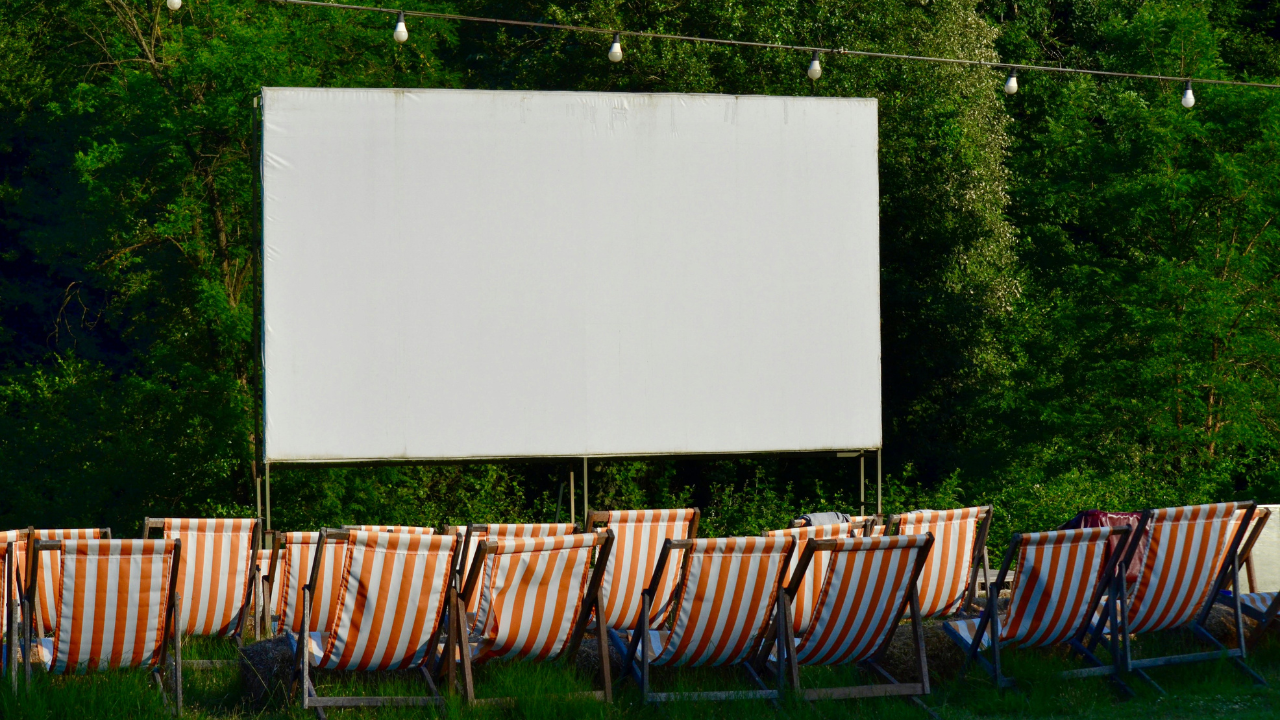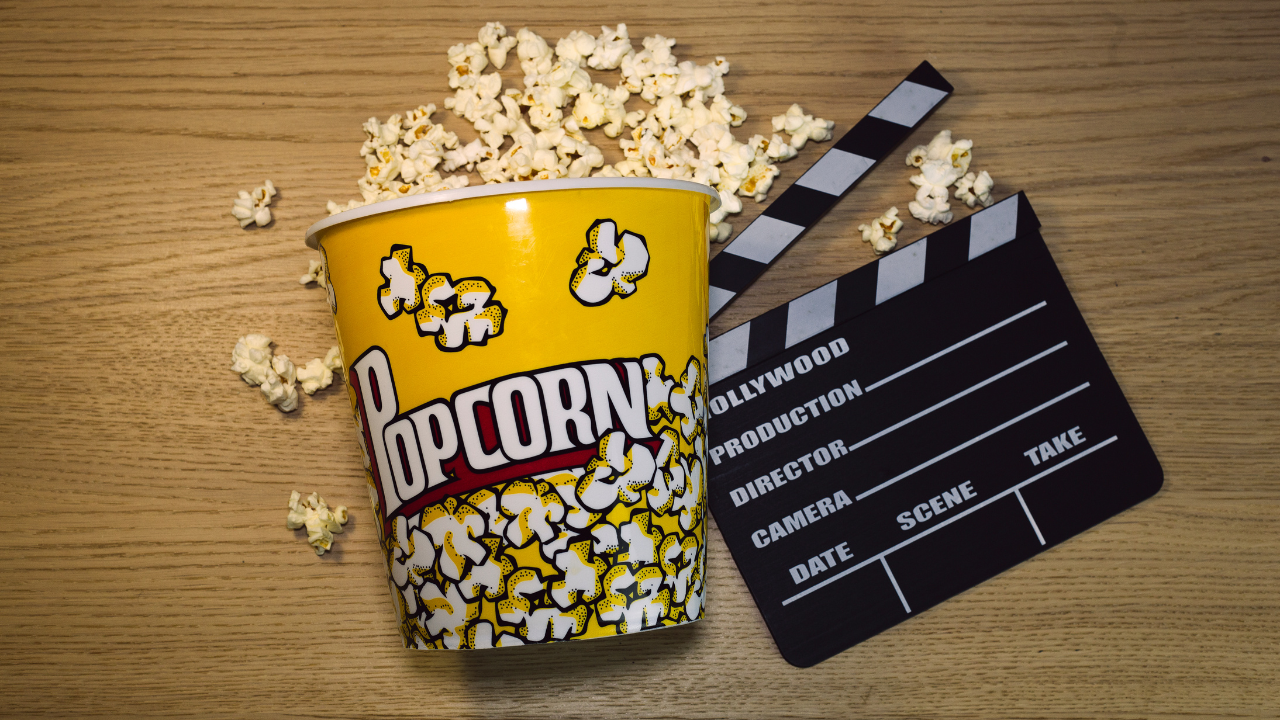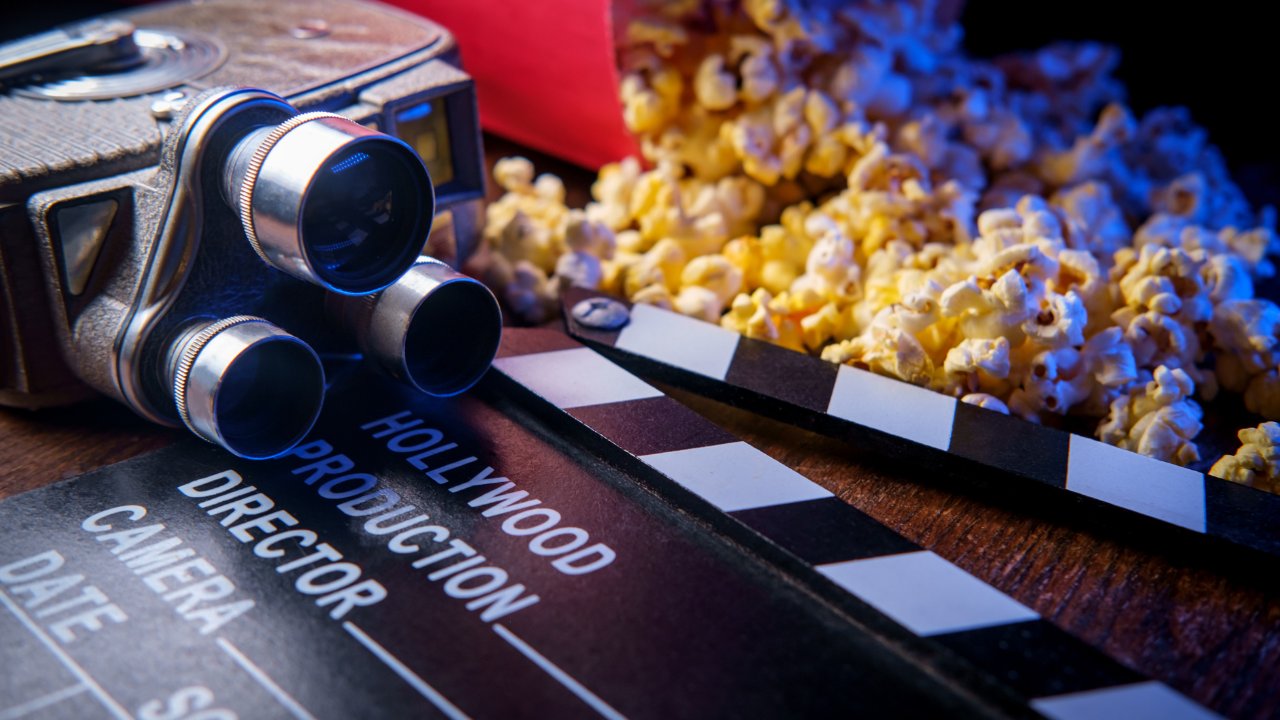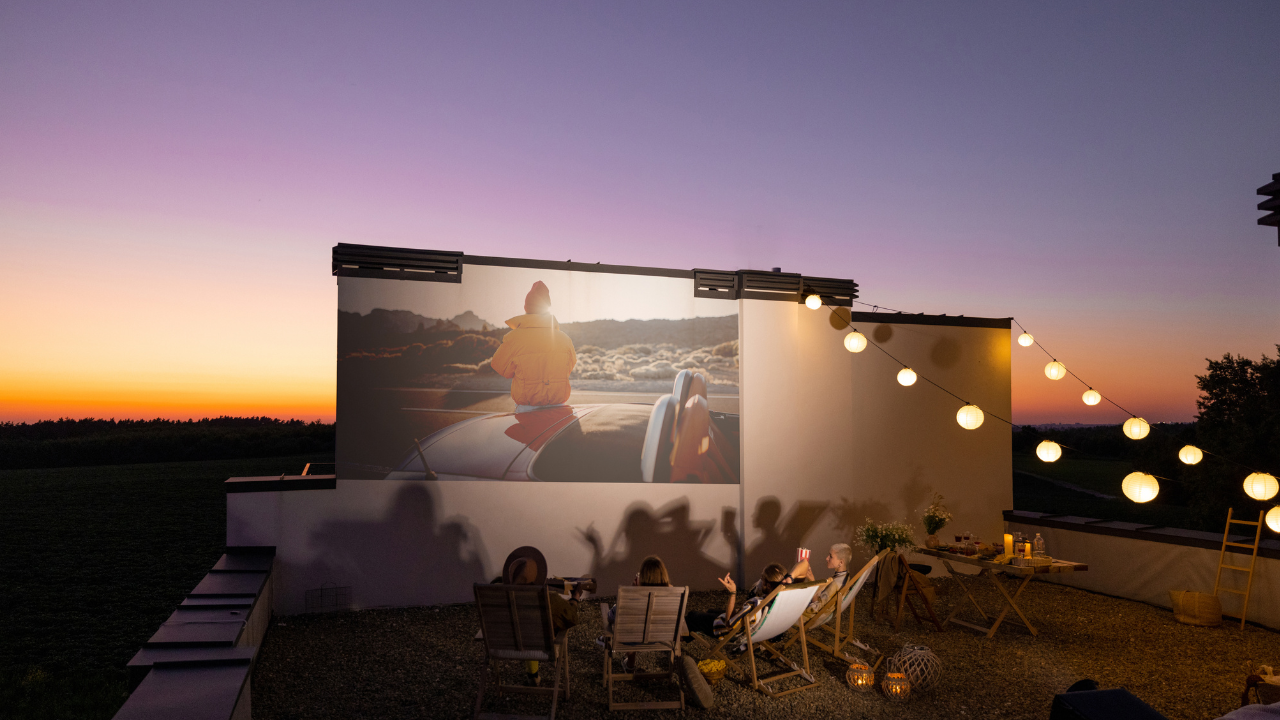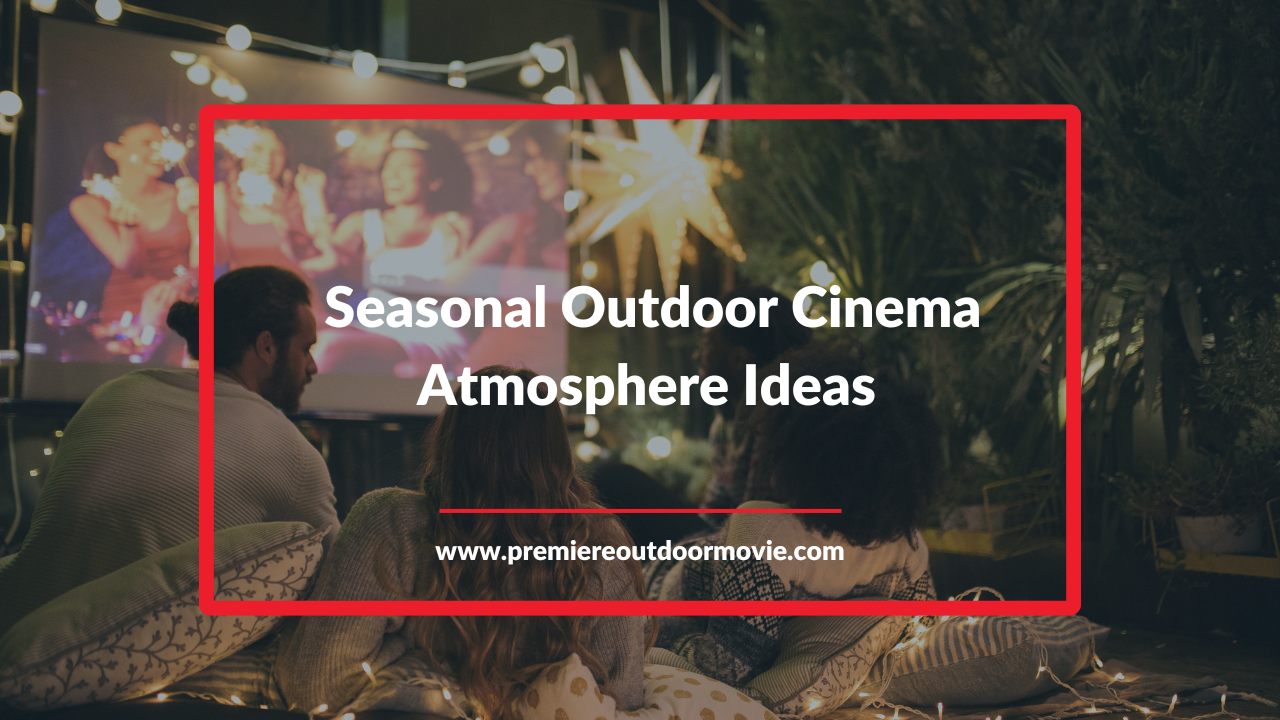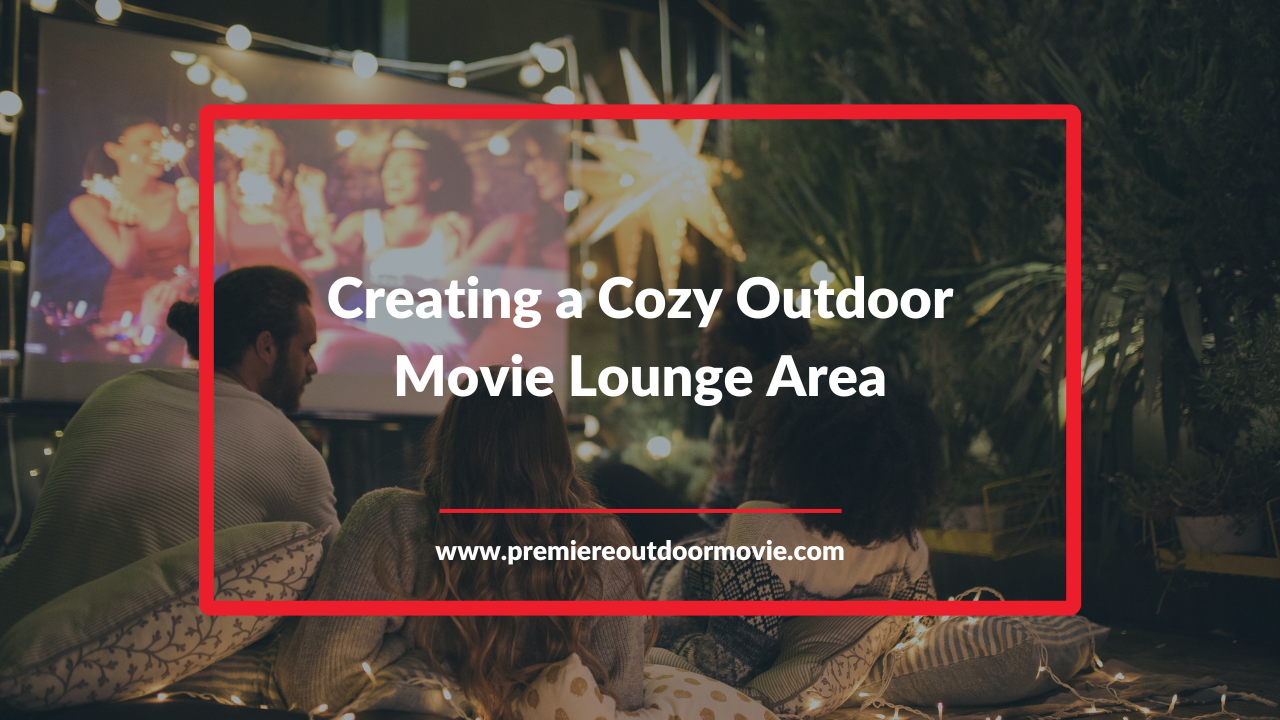The Birth of Drive-In Theaters: How the 1933 Innovation Revolutionized Outdoor Cinema
Imagine a warm summer evening in 1933. The sun has set, and families drive their cars into a large, open field. They park in rows, facing a giant screen, and soon, the latest Hollywood film begins to play. The sounds of laughter, excitement, and engine idling fill the air as the audience enjoys the movie from the comfort of their vehicles.
This was the birth of the drive-in theater—an innovation that revolutionized outdoor cinema and became an iconic part of American culture.
The Origins of the Drive-In Theater
The story of the drive-in theater begins with an entrepreneur named Richard Hollingshead from Camden, New Jersey. In the early 1930s, Hollingshead had an idea that would forever change how people watched movies. He wanted to create a new kind of movie-going experience, one that would be accessible to families who might find it difficult to attend traditional indoor theaters, particularly those with young children.
Hollingshead’s vision was simple: people could watch movies from the comfort of their own cars, without the constraints of formal seating arrangements or the need to keep children quiet. To test his idea, he set up a makeshift screen in his driveway, mounted a projector on the hood of his car, and used a radio to transmit the sound. After several trials, he perfected the setup and secured a patent for his idea.
On June 6, 1933, the world’s first drive-in theater opened in Camden, New Jersey. The theater featured a 40x50-foot screen, a basic projector, and enough space to accommodate around 400 cars. The ticket price was 25 cents per car plus 25 cents per person. The first film ever shown at this drive-in was Wives Beware, a comedy that drew curious crowds eager to experience this new form of entertainment.
While the concept was groundbreaking, the early drive-in theater faced some challenges. Sound quality, in particular, was an issue. Initially, speakers were mounted on the screen, making it difficult for everyone in the audience to hear clearly. To solve this, in-car speakers were introduced, allowing each vehicle to have its audio source. This innovation greatly improved the drive-in experience and set the stage for the rapid expansion of drive-in theaters across America.
The Explosion of Drive-In Theaters Across America
The drive-in theater quickly gained popularity, especially in the 1940s and 1950s, following World War II. This period, known as the post-war boom, saw a dramatic rise in car ownership as American families moved to the suburbs and embraced a more mobile lifestyle. Drive-ins became a perfect match for this new way of life, offering a convenient, family-friendly entertainment option that could be enjoyed without leaving the car.
By the 1950s, drive-in theaters had become a staple of American culture. They offered a unique blend of privacy and social interaction, where families could watch a movie together, teenagers could go on dates, and communities could gather for a shared experience. Drive-ins were more than just places to watch films; they were social hubs where people connected.
The programming at drive-ins was also diverse, catering to a wide range of audiences. In addition to feature films, many drive-ins showed cartoons, newsreels, and even live performances before the main attraction. This versatility made drive-ins a popular choice for a night out, regardless of age or interest.
The Decline and Nostalgic Resurgence of Drive-In Theaters
Despite their popularity, drive-in theaters declined in the 1970s and 1980s. Several factors contributed to this downturn, including the rise of home video, which allowed people to watch movies at home, and the increasing value of real estate, which made it more profitable to develop drive-in sites into shopping centers or other commercial ventures.
Additionally, the oil crisis of the 1970s made it more expensive for people to drive, further reducing attendance at drive-ins.
As a result, many drive-ins closed or were repurposed, and the number of operational drive-ins dwindled. However, the decline didn’t mark the end of the drive-in theater. Instead, it led to a nostalgic resurgence, particularly in recent years. This revival has been driven by a desire for unique, retro entertainment experiences and a renewed appreciation for the simplicity and charm of drive-ins.
The COVID-19 pandemic also significantly revitalized interest in drive-ins. With traditional theaters closed and social distancing measures in place, drive-ins offered a safe and socially distancing way to enjoy movies. Modern technology, such as digital projectors and FM radio sound transmission, has further enhanced the drive-in experience, making it more accessible and appealing to today’s audiences.
The Legacy of Drive-In Theaters in Popular Culture
Drive-in theaters have left an indelible mark on popular culture. They’ve been immortalized in films, television shows, and music, symbolizing a bygone era of American life. Movies like Grease and American Graffiti celebrate the drive-in experience, capturing the nostalgia and romanticism associated with these outdoor theaters.
The enduring appeal of drive-ins lies in their ability to evoke a sense of freedom, nostalgia, and communal enjoyment. They represent a unique blend of past and present, offering a way to connect with history while enjoying modern entertainment.
Today, the legacy of drive-in theaters lives on not only in the few remaining operational sites but also in the broader trend of outdoor cinema. Pop-up outdoor theaters, backyard movie nights, and outdoor film festivals all owe a debt to the drive-in theater, which pioneered the concept of watching movies under the stars.
Conclusion
The birth of drive-in theaters in 1933 was more than just an innovation—it was a cultural revolution that transformed how people experienced movies. From their humble beginnings in Camden, New Jersey, drive-ins became an iconic part of American life, offering a new form of entertainment that combined the magic of cinema with the freedom of the open road. Despite facing challenges and a period of decline, drive-ins have made a nostalgic comeback, reminding us of their enduring appeal and their important place in the history of outdoor cinema.
If you’ve never experienced a drive-in theater, now is the perfect time to visit one. Whether it’s a classic drive-in or a modern outdoor cinema event, watching a movie under the stars is an experience like no other. So pack up your car, grab some snacks, and enjoy a night of nostalgia and entertainment at the drive-in!
